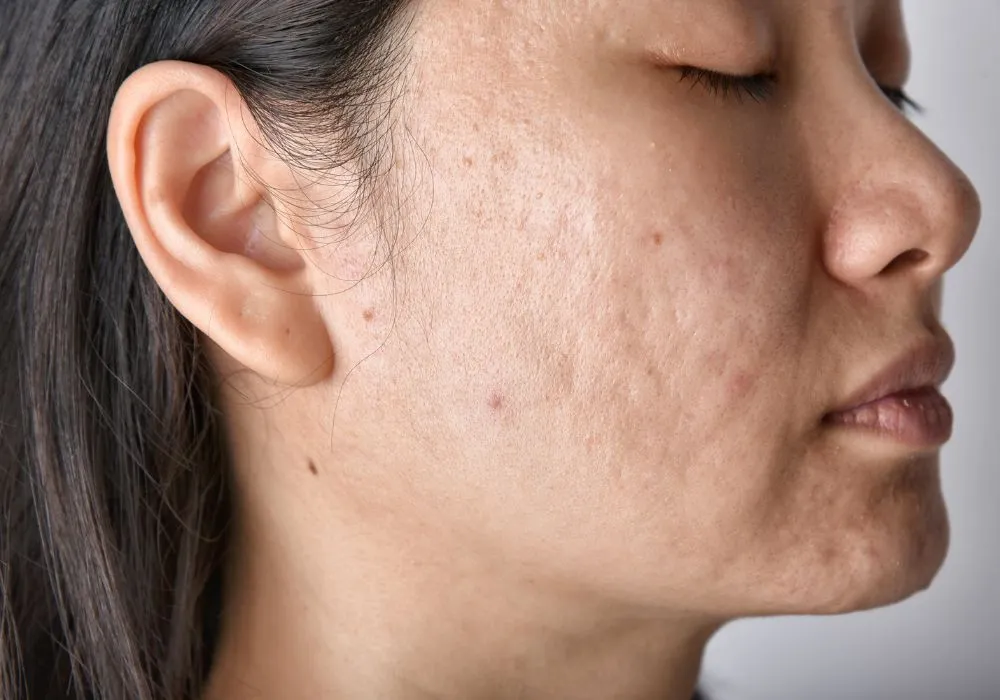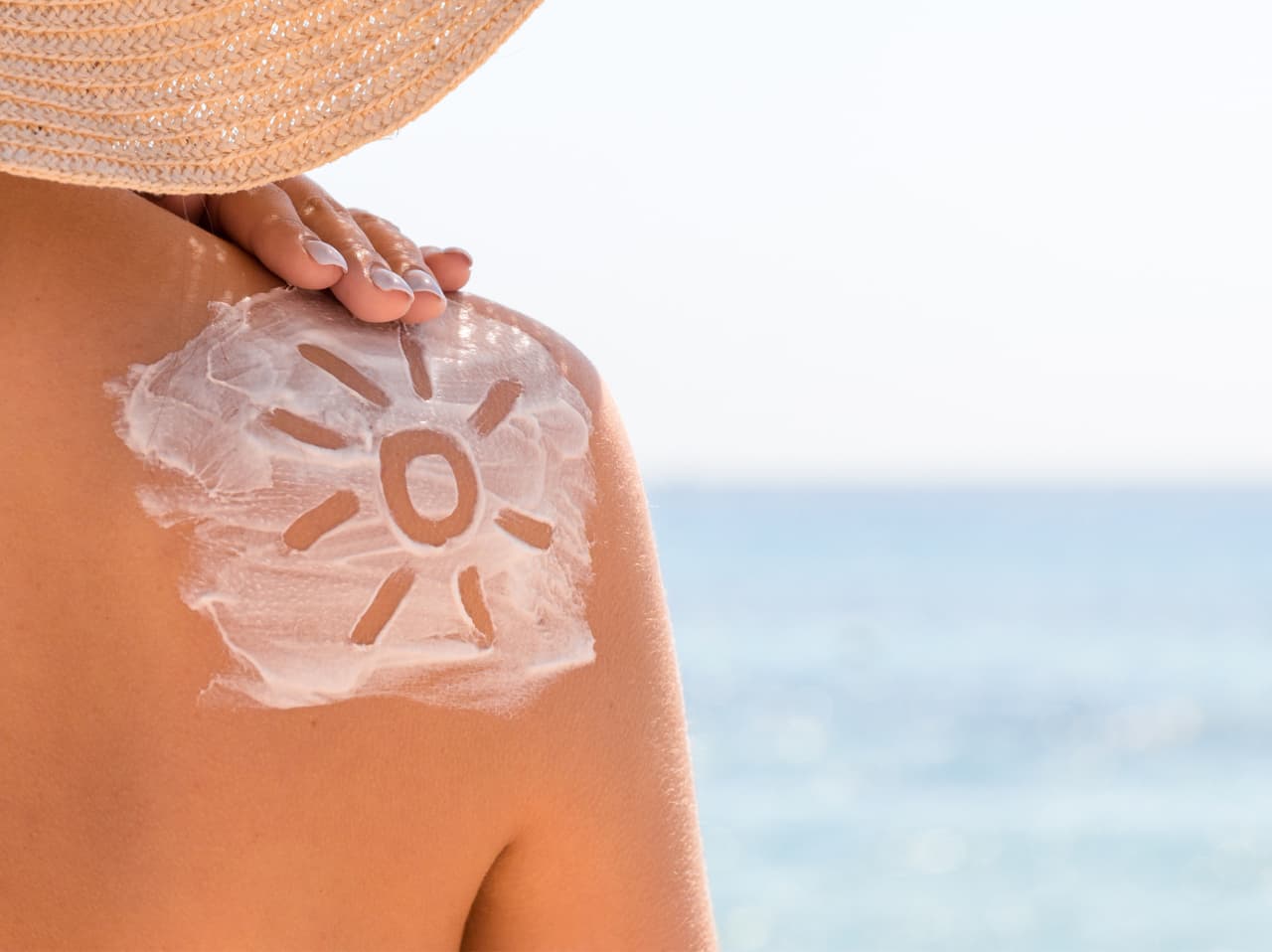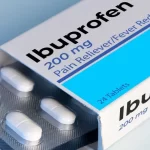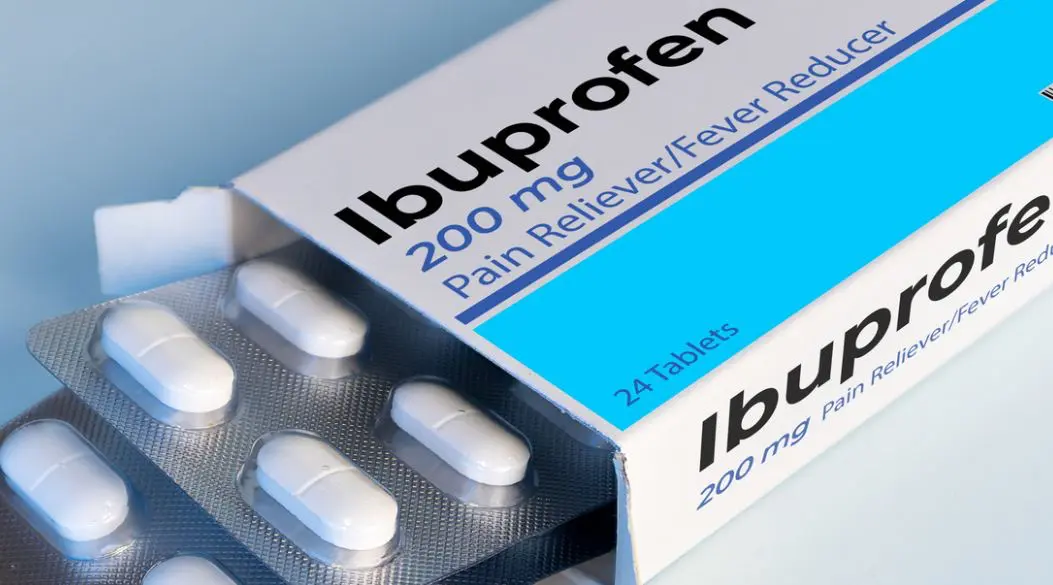Acne scars can affect both appearance and confidence, and many people search for lasting solutions. A dermatologist for acne scars, like Dr. Hannah Kopelman at DermOnDemand, provides expert treatments that go beyond surface care. With personalized plans and medical precision, patients receive options designed for their skin type and scar pattern.
Key Takeaways
- A dermatologist for acne scars can significantly reduce scar visibility with treatments like laser resurfacing, microneedling, chemical peels, and dermal fillers, though complete removal is not possible.
- Different types of acne scar, such as ice pick, rolling, and boxcar scars, require tailored treatments that may combine multiple methods for best results.
- Professional care is recommended when scars affect confidence, do not improve with over-the-counter creams, or interfere with daily life.
- Each treatment option has its own side effects and recovery times, making it essential to follow a personalized treatment plan guided by a board-certified dermatologist.
- Online services like DermOnDemand, led by Dr. Hannah Kopelman, provide convenient access to expert evaluations and customized treatment plans without the need for in-office visits.
Can a Dermatologist Help with Acne Scars?
Yes, a dermatologist can help improve the look of acne scars. Unlike home remedies or cosmetic services, dermatologists treat the deeper layers of the skin and scar tissue. This medical approach allows them to stimulate collagen and promote improved skin texture.
Can You 100% Get Rid of Acne Scars?
No treatment completely removes all scars. A dermatologist for acne scar removal can reduce their visibility by up to 70–90 percen, depending on the scar type and skin type. Results vary, and most patients need a treatment plan that combines more than one method.
What Real Improvement Looks Like
Improvement often means scars become flatter, lighter, and less noticeable. For example, a depressed scar may appear smoother, while color differences fade. The goal is not perfection but natural, improved skin that heals over time with consistent care.
Professional Acne Scars Treatment Options
Dermatologists use proven medical treatments that reach beyond the surface. These therapies target acne scars, including ice pick scars, boxcar scars, and rolling scars. Each treatment for acne scars works differently, and most plans combine multiple methods for the best results.
Laser Treatment for Acne Scars
Laser resurfacing removes the top layer of skin or penetrates deeper with laser therapy. This process breaks down scar tissue and stimulates collagen growth. Over time, the skin heals with a smoother texture and reduced depressed acne scarring.
Laser therapy may cause temporary redness, swelling, or sensitivity. Recovery often takes one to two weeks, depending on the intensity of the treatment. Stronger sessions require careful sun protection to prevent complications.
Laser resurfacing is most effective for rolling scars and some boxcar scars. It is less effective for ice pick scars, which often need other treatments. Patients with different skin types may respond differently, making dermatologist guidance essential.
Microneedling and RF Microneedling
Microneedling uses fine needles to puncture layers of the skin. This creates a controlled injury that stimulates collagen. RF microneedling adds radiofrequency energy, making it more effective for deeper scars. Both are safe for many skin types.
Side effects of microneedling include redness and slight swelling, which typically fade within a few days. Recovery is quicker compared to laser resurfacing, making it a popular option. Patients should avoid harsh products while the skin heals.
Microneedling improves dermal acne scars and shallow rolling scars. RF microneedling is more effective for treating deeper or more resistant cases. Compared to laser therapy, recovery is faster, though multiple sessions are usually required.
Chemical Peels and Dermabrasion
Chemical peels use solutions that exfoliate the skin and remove the top layer. Dermabrasion works mechanically to resurface scars. Both improve shallow scars and support new skin growth. They are often used in conjunction with other methods to effectively treat acne scars.
Side effects from chemical peels include redness, flaking, and mild irritation.
Healing time is about one week for mild peels, while deeper peels may take longer. Dermabrasion may require downtime and careful skin care to avoid infection.
Chemical peels are best for shallow scars and discoloration. Dermabrasion is a more intensive procedure that targets thicker scar tissue. When scars include mixed patterns, these treatments are often combined with others for stronger results.
Fillers, Subcision, and Surgery
Dermal fillers lift depressed scar tissue and provide immediate results. Subcision releases fibrous bands that pull down scars, allowing the skin to rise. In some cases, surgery reshapes scar tissue for lasting change. These options work well when scars include deeper defects.
Dermal fillers carry minor side effects like swelling or bruising, which resolve in days. Subcision may leave temporary marks as the skin heals. Surgical methods often require longer recovery and close monitoring.
Fillers are ideal for depressed scars, while subcision targets tethered scars that pull the skin downward. Surgery is reserved for severe or resistant cases. Compared to other methods, fillers provide immediate results but need repeat treatments.
Dermatology for Acne Scars: Matching Care to Scar Type
Not all scars respond the same way. A treatment plan depends on the specific type of scar and the individual’s skin characteristics.
Types of Acne Scars
The main types of acne scars include:
- Ice pick scar – narrow and deep holes.
- Rolling scar – wide, shallow indentations.
- Boxcar scar – round or oval depressions.
- Hypertrophic or keloid scars – raised scar tissue.
Each type requires different tools to achieve improved skin.
How Dermatologists Choose the Right Plan
Dr. Kopelman and the DermOnDemand team assess scar depth, skin types, and patient goals. For example, laser resurfacing may suit rolling scars, while dermal fillers treat depressed scars. Combining procedures is common, ensuring the skin heals evenly across different scar patterns.
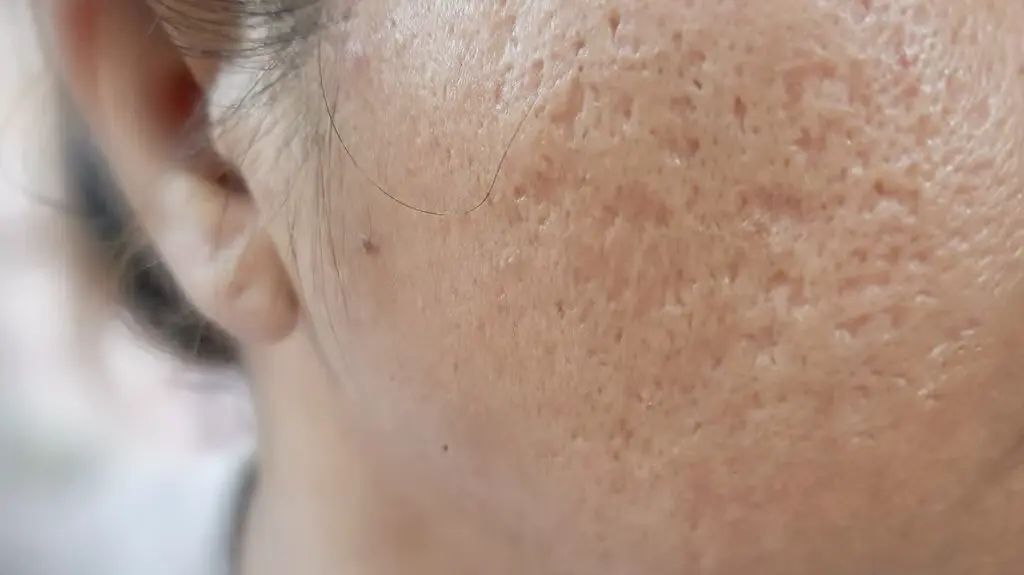
Choosing the Best Dermatologist for Acne Scars
Selecting the right expert is crucial for achieving safe and effective results.
Dermatologist vs Esthetician: Who to See
An esthetician can offer facials or light peels, but only a dermatologist for acne scar removal can use prescription-grade methods. Dermatologists also treat scar tissue at deeper layers of the skin, which estheticians are not trained to handle.
Why Board Certification Matters
Board certification ensures a dermatologist meets strict medical standards. Dr. Hannah Kopelman, who leads DermOnDemand, is fellowship-trained and specializes in hair loss and complex skin cases. Certification provides assurance of skill, safety, and proven results.
What to Expect at Your First Visit
At a first visit, the dermatologist reviews your medical history, evaluates scars, including different types of acne scars, and explains treatment options. Photos may be taken to track progress. Patients leave with a personalized treatment plan that matches their needs.
Patients should see a dermatologist if acne scars affect confidence, cause discomfort, or do not improve with over-the-counter treatments. Other signs include scars that worsen over time or interfere with daily life. Seeking help early prevents scar tissue from becoming harder to treat.
Finding a Dermatologist for Acne Scars Near Me
Patients often search for “dermatologist for acne scars near me” when seeking care. Location matters, but online dermatology expands access to expert treatments without long waits.
How Much Does It Cost to Remove Acne Scars?
The cost varies depending on the treatment for acne scars chosen. Laser therapy or microneedling may require multiple sessions, while dermal fillers or chemical peels may cost less per visit. A single session can range from $200 to over $1,000. Insurance rarely covers acne scar removal, as it is often considered cosmetic.
Best Acne Scar Removal Products and Creams
Dermatologists may recommend topical products as part of a treatment plan. These include retinoid creams, lightening agents, or products that stimulate collagen. While over-the-counter creams can help, they cannot replace medical procedures that target scar tissue more effectively.
Natural Approaches and Home Remedies
Some patients try home remedies before consulting a dermatologist. These may improve skin tone but do not reshape scar tissue.
How to Remove Pimple Scars Naturally
Options include aloe vera, vitamin C serums, or simple exfoliation. These may help with surface discoloratio, but do not resolve a depressed scar or deep acne scars.
Can You Remove Acne Scars in a Week? What to Know
Searches for “remove acne scars in a week” reflect a desire for quick fixes. No medical or natural method can erase scars in such a short time. The skin heals gradually, and results take weeks or months. A dermatologist ensures realistic outcomes with safe care.
Final Takeaway: Why Expert Care Brings Lasting Results
Acne scars can be managed but not erased. With a dermatologist for acne scars, patients gain access to advanced tools like laser resurfacing, chemical peels, and dermal fillers.
At DermOnDemand, Dr. Hannah Kopelman and her team provide safe, effective treatment plans tailored to scar type and skin type. With expert guidance, patients see real improvement and renewed confidence in their skin.


